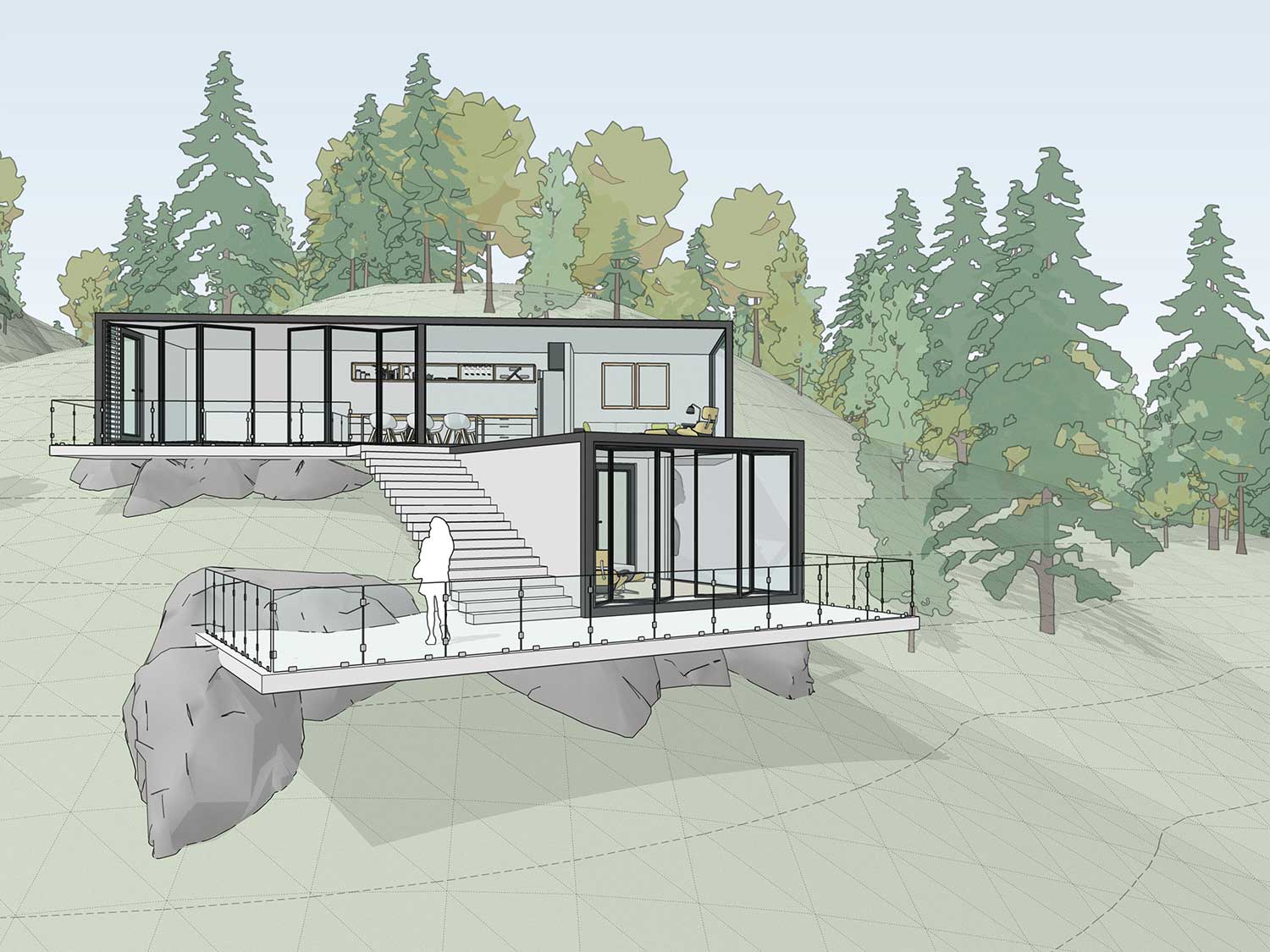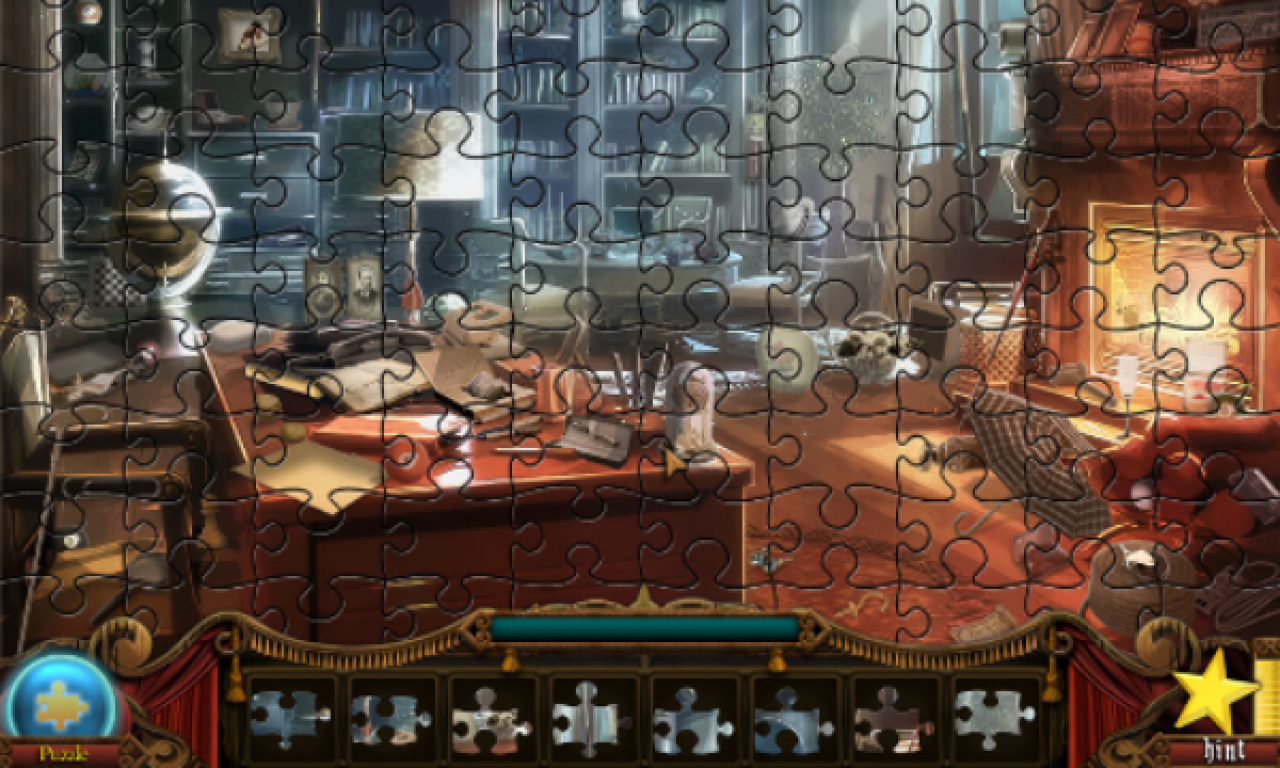

- HOW TO SHOW HIDDEN OBJECT IN SKETCHUP ONLINE HOW TO
- HOW TO SHOW HIDDEN OBJECT IN SKETCHUP ONLINE FULL
- HOW TO SHOW HIDDEN OBJECT IN SKETCHUP ONLINE SOFTWARE

Set the view you want to flatten and run the FLATSHOT command. This command converts a 3D view of a 3D object into a 2D drawing. If you have a 3D model and need to extract 2D drawings from it, you should be aware of the existence of the FLATSHOT command. I came to r/SketchUp for the first time today, looking for an answer to this question.
HOW TO SHOW HIDDEN OBJECT IN SKETCHUP ONLINE SOFTWARE
It is part of the mechanics of the software that is sometimes inconvenient, but can be useful too.


Choose if you want to show the hidden lines and how. If the group is on an invisible layer then even objects on visible layers will be hidden because they are nested in invisible groups. How do you separate components in SketchUp?ġ. Easily convert 3D models into 2D Objects. In the Description box, add a short description of your component. In the Definition box, type a meaningful name for your component.Ĥ. Choose Edit > Make Component from the menu bar, or context-click the selection and choose Make Component.ģ. Select the geometry you want to include in your component.Ģ. You can single click to move your selection up and down. To change the radius, type in a value and hit the enter key. It allows you to move the geometry around up and down within a radius that you set. How do I add components to SketchUp 2020?ġ. Now we have a number of tools designed to help us with interacting with the sandbox we’ve created. Circular parallel rules, parallel rules, rolling plotters, dividers, sextants, and star charts are discussed to help you understand their function in plotting a course for your next offshore boating trip.
HOW TO SHOW HIDDEN OBJECT IN SKETCHUP ONLINE HOW TO
What are the 3 basic navigation tools?Ĭhuck Hawley explains how to use some basic traditional chart navigation tools. Go the yellow light bulb at the bottom of the view window to “Reveal Hidden Elements”Ĥ. Now the Navigation Pane should display all of the tables, queries, forms, reports, and modules that are in your database. Hiding large chunks of your model using tags helps to find things faster and even speed up SketchUp a bit too. SketchUp allows you to hide tagged objects in one click rather than select each object individually. Now the Navigation Pane should display all of the tables, queries, forms, reports, and modules that are in your database. Answer: To view all objects in the Navigation Pane, click on the Navigation Pane menu and select All Access Objects from the popup menu. Tags help you organize the objects in your SketchUp model and control their visibility. How do I view all access objects?Īnswer: To view all objects in the Navigation Pane, click on the Navigation Pane menu and select “All Access Objects” from the popup menu. Fortunately, you can unhide all hidden objects pretty quickly by pressing Alt+H. total concrete needed for my project in the end was - 0.4 m³ orĤ00 cm³ respectively due to there being 5 posts 0.08 m³ x 5.Pressing H in Blender hides whatever you’ve selected, and it’s easy to accidentally hit it when you’re actually trying to press G and grab an object. I know this is a very elaborate and elongated answer but hopefully it may help someone who is struggling with calculating volumes for materials.
HOW TO SHOW HIDDEN OBJECT IN SKETCHUP ONLINE FULL
Personally I was intriguied by sketchup’s answer for the volume and found it questionable? to sate my curiosity I deconstructed the form into 9 equal cubes/rectangles as I know the mortice is 100mmx100mm and the distance from the outside of the mortice to the edge of the block is 100mm each side(giving a total distance of 300mm for each side of the full block) this left me 8 cubes of equal size in the end because I obviously don’t count the mortice as this represents my 100mmx100mm post and I don’t need the volume for this(basic physics - no 2 entities of matter or no 2 masses can occupy the same space at any given time - duh!) in the end I calculated the volume of one of these cubes (0.01 m³) and multiplied it by 8 which gave me an end total of 0.08m³ I then multiplied this again by the number of holes I required for my posts. I know that for a 2400mmx100mmx100mm post I will need approximately 2 foot in the ground for maximum support and stability with a distance of 100mm all around on every side of each square post, therefore giving a depth of 600mmx300mmx300mm. I did this to calculate the volume of concrete I would need per post as a client of mine requires 5 2400mmx100mmx100mm posts erected for a lean to car port. How to detect volume information.jpg 3840×2160 679 KB even in this example which has a square mortice the volume is calculated, though I did find it questionable.


 0 kommentar(er)
0 kommentar(er)
